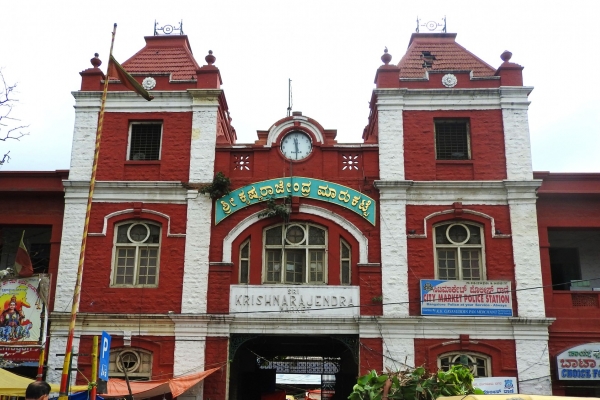THE DIFFERENCE YOU MAKE
Himalayan Ecotourism, through its cooperative model, engages locals as shareholders — and not as passive workers — with a two-fold agenda: a) a means to livelihood, and (b) as conservators of a fragile ecosystem that has been experiencing the side-effects of human activity.
When you travel with Himalayan Ecotourism, you not only ensure that money from tourism in the region empowers locals who are dedicated to protecting the land they call home but can also opt to neutralise your own carbon footprint.
Meet Stephan of Himalayan Ecotourism, and Sanju of the GHNP Community-Based Ecotourism Cooperative, which works with Himalayan Ecotourism to improve livelihoods through ecotourism and sustainability initiatives.



